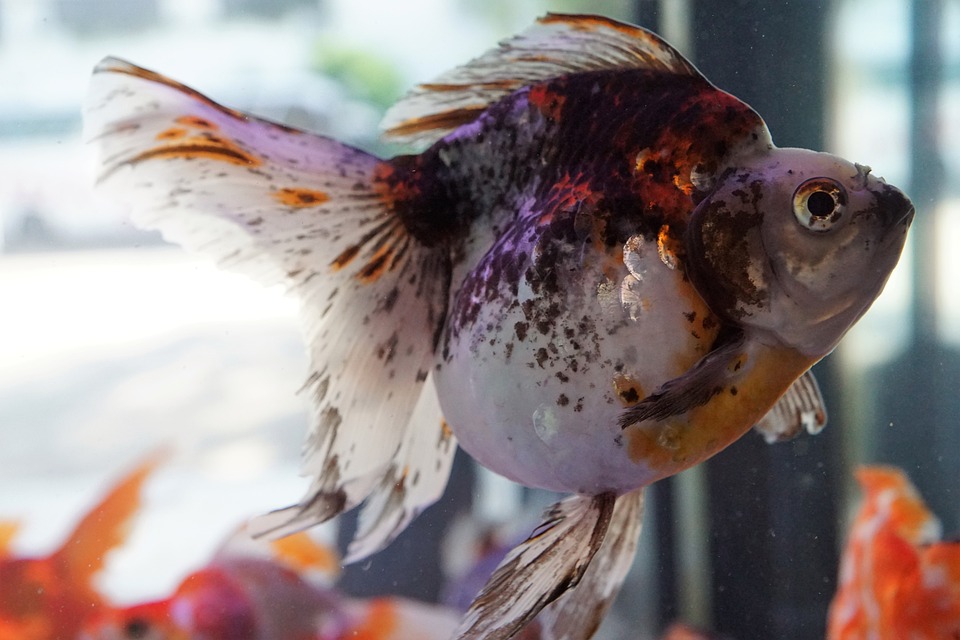Fish behavior is a captivating field that has captivated both scientists and hobbyists for many years. One important aspect of fish behavior is their social hierarchy within a tank. In this article, we will explore the complexities of fish social dynamics, the impact of tank social hierarchy on their daily lives, and provide answers to common questions about fish behavior.
1. The Importance of Social Hierarchy in Fish Tanks:
1.1 Definition of Social Hierarchy:
Social hierarchy refers to the ranking system that exists among fish in a tank. It determines the dominance and subordination of individuals and establishes a pecking order within the group.
1.2 Benefits of Establishing Social Hierarchy in Fish Tanks:
Social hierarchy brings order and stability to fish communities. It reduces conflicts by assigning roles and responsibilities, ensuring efficient resource utilization and minimizing stress levels.
1.3 Factors Influencing Social Hierarchy Formation:
Several factors influence the formation of social hierarchy in fish tanks. These include species-specific behaviors, body size, aggression levels, and territoriality. Additionally, the availability of resources such as food, hiding places, and suitable tank size also play a role.
2. Dominance and Subordination:
2.1 Dominant Fish Characteristics:
Dominant fish usually exhibit certain behaviors and physical characteristics. They are often larger in size, display more vibrant colors, and assert their dominance through aggressive displays and territorial behavior.
2.2 Subordinate Fish Characteristics:
Subordinate fish are typically smaller in size, possess duller colors, and exhibit submissive behaviors. They may avoid conflict, yield to dominant individuals, and have less access to resources.
2.3 Interactions Between Dominant and Subordinate Fish:
Interactions between dominant and subordinate fish can vary. Dominant individuals may display aggressive behaviors such as fin nipping or chasing, while subordinates may engage in submissive behaviors like hiding or retreating.
3. The Impact of Social Hierarchy on Fish Behavior:
3.1 Feeding Patterns:
Social hierarchy influences feeding patterns. Dominant fish often have priority access to food, while subordinates may have to wait their turn or scavenge for leftovers. This can lead to differences in growth rates and overall health.
3.2 Mating and Reproduction:
Social hierarchy also affects mating and reproduction. Dominant individuals usually have better access to potential mates and breeding territories. Subordinates may face challenges in finding suitable partners or may engage in alternative breeding strategies.
3.3 Stress and Aggression Levels:
Social hierarchy can impact stress and aggression levels. Dominant fish experience lower stress and aggression, while subordinates may face higher levels of stress due to constant competition and bullying.
3.4 Overall Health and Well-being:
A balanced social hierarchy contributes to the overall health and well-being of fish. When social dynamics are harmonious, fish are less prone to stress-related diseases and exhibit better growth rates and vitality.
4. Maintaining a Balanced Social Hierarchy:
4.1 Suitable Tank Size and Layout:
Providing an adequately sized tank with appropriate hiding places and territories is essential for maintaining a balanced social hierarchy. Sufficient space allows fish to establish territories and reduces competition for resources.
4.2 Providing Sufficient Hiding Places:
Hiding places, such as caves or dense vegetation, offer refuge for subordinate fish and help reduce stress levels. This allows fish to establish their own territories and escape potential aggression.
4.3 Appropriate Fish Species Combination:
Careful consideration must be given to the compatibility of fish species when establishing a social hierarchy. Mixing aggressive and peaceful species can lead to imbalances and increased aggression.
4.4 Consistent Feeding Schedule:
Establishing a consistent feeding schedule ensures that all fish have equal access to food. This helps prevent dominant individuals from monopolizing resources and promotes a healthier social hierarchy.
5. Frequently Asked Questions (FAQs) about Fish Behavior:
Q1. How can I identify the dominant fish in my tank?
Dominant fish often display more vibrant colors, larger body size, and assertive behaviors such as fin flaring or chasing other fish.
Q2. Can social hierarchy change over time?
Yes, social hierarchy can change over time, especially if new fish are introduced or if dominant individuals are removed from the tank.
Q3. What should I do if aggression becomes a problem in my tank?
If aggression becomes an issue, it is essential to assess the tank’s size, species compatibility, and resource availability. Removing aggressive individuals or rearranging the tank layout may help alleviate aggression.
Q4. Will providing more food reduce aggression among fish?
Providing ample food can reduce aggression to some extent, as it reduces competition for resources. However, it is essential to maintain a balanced diet and avoid overfeeding, which can lead to other health issues.
Q5. Can different fish species establish a social hierarchy together?
Yes, different fish species can establish a social hierarchy together. However, careful consideration must be given to their compatibility, aggression levels, and resource requirements.
Conclusion:
Understanding fish behavior, particularly the social hierarchy within a tank, is vital for maintaining a healthy and harmonious aquatic environment. By recognizing the importance of dominance and subordination and implementing appropriate measures to maintain a balanced social hierarchy, fish enthusiasts can ensure the well-being and optimal behavior of their beloved aquatic companions. Remember, a well-balanced tank social hierarchy leads to happier and healthier fish, enhancing the overall enjoyment of fishkeeping.









